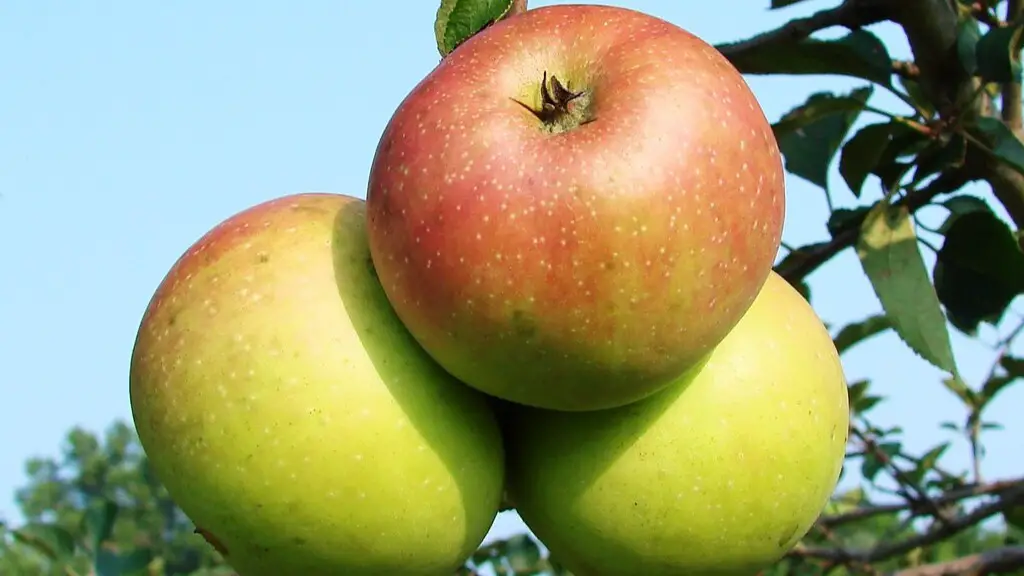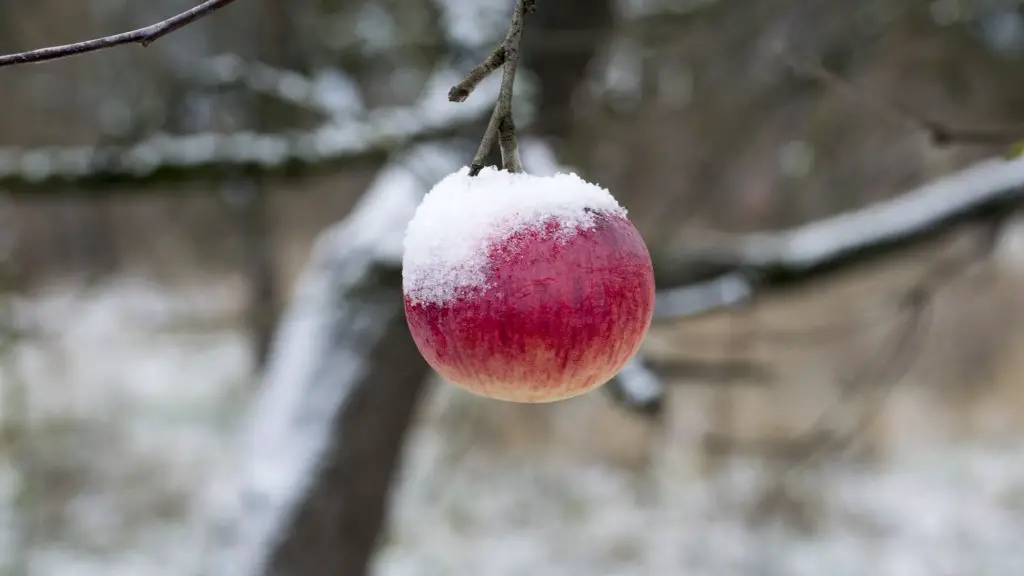When it comes to deciding when the best time to move an apple tree is, there are a few factors that should be taken into consideration. Firstly, the tree’s age and root structure must be taken into account. Generally, it is best to move an apple tree when it is dormant. When temperatures are cool and there is little to no active growth, the tree is unlikely to suffer from shock and will be much more resilient. Moving the tree while it is in bloom is strongly discouraged as this can damage the delicate flowers and potentially stunt future growth.
Alternatively, the season in which the tree is moved can also be important. Generally, the best time to relocate an apple tree is in the early springtime, when temperatures are warming and the soil is moist. Doing so ensures that the root system will be given enough time to settle and recover. Similarly, the fall season can also be a viable option, though in order to provide the tree with protection from harsh winter temperatures, it is important that the root system is well established before winter arrives.
Additionally, the location where the tree is going to be transplanted should also be taken into account. Planting an apple tree in a location that is too wet or shaded can cause further damage, impacting the health of the tree. Ensuring that the new spot is well drained and receives plenty of sunlight is essential for the tree’s growth. Similarly, it is also recommended to examine the soil within the area, especially when moving a tree over a long distance. If the soil is too different from the original location, it is important to provide the tree with sufficient fertilizers, and other soil amendments, to promote healthy growth.
Overall, it is always safest to wait until the tree is dormant before attempting to relocate it. This allows the foliage and root system to be given enough time to settle without suffering from transplant shock. While the best time to move an apple tree varies, planting it in the early spring or late fall, when the root system can be given ample time to adjust, is typically the most suitable for a successful transplant.
Preparing the Tree for Relocation
Before attempting to move an apple tree, it is important to properly prepare the tree for transplant. Digging out a large portion of the root system prior to moving the tree and carefully pruning the foliage can encourage a successful transplant. When digging out the root system, it must be done in a way that maximizes the roots’ exposure to air, allowing them to endure the relocation process easier. Pruning the apple tree can help to decrease the amount of foliage it is brought along with, reducing the stress placed on the tree and ultimately making the relocation a more efficient process.
Risks of Relocating an Apple Tree
When moving an apple tree, it is essential to take all of the potential risks into consideration. If a tree is moved during a period of extreme heat or cold, there is a risk the tree may suffer from transplant shock and the roots may not become established in their new location. Subsequently, the tree may experience stunted growth, dieback or other damage. Similarly, if the new location does not receive adequate sun, water and other soil requirements, the tree may suffer from poor health and suffer significant long-term effects.
Curing Relocation Shock
In the event that an apple tree does go through a period of shock following relocation, there are some methods that can be used to ease the transition. Providing the tree with a thick layer of mulch can help to retain moisture in the soil, promoting a healthier recovery. Additionally, using a granular fertilizer that is specifically designed for apple trees can help to promote a stronger recovery. By continuing to monitor the tree and adjust any soil amendments when necessary, it is possible to return the tree to good health following the relocation.
Fertilization for a Healthy Tree
It is important to remember to effectively fertilize an apple tree before, during and after relocation to ensure it will develop healthy roots and foliage. After planting the tree, a balanced granular fertilizer should be applied to the area, ensuring it is thoroughly mixed with the top soil layers. During the growing season, if the tree appears to be struggling and developing poor health, additional fertilizers may be necessary. Additionally, using a foliar feed throughout the course of the year may help to promote healthy growth.
Adequate Support for the Tree
Following the relocation, the apple tree should be given proper support throughout its new location. Research suggests that using a stake to provide some initial support, as well as inserting a sticking rod known as a ‘dibble’ into the soil when burying the tree, will ensure that the tree is given the best chance of survival. Moreover, good pruning practices should also be employed to ensure that the tree does not outgrow its environment, as this can often lead to an increased risk of pests, diseases and other similar health issues.


